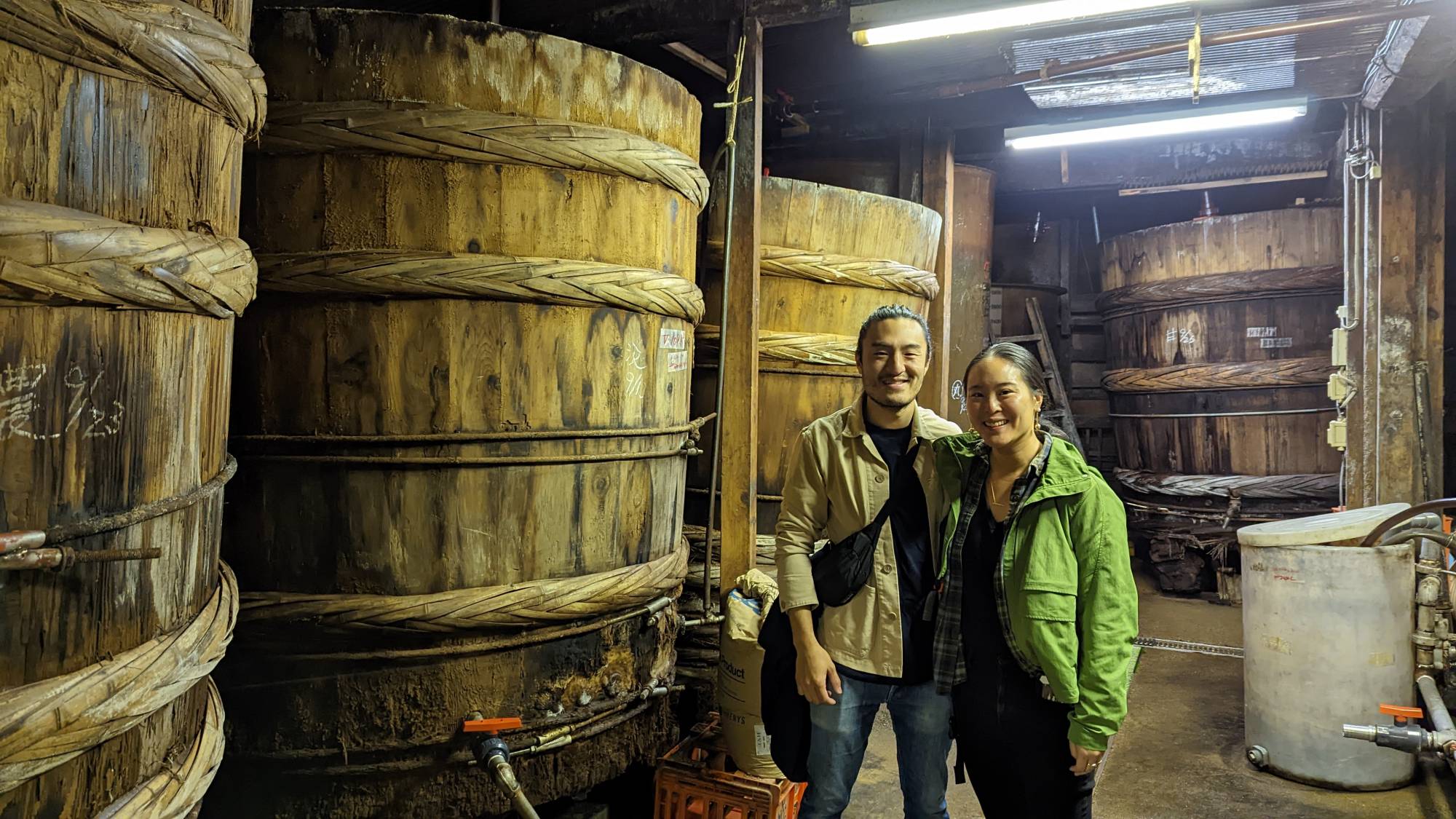“To ferment your own food is to lodge a small but eloquent protest... against the homogenization of flavors and food experiences now rolling like a great, undifferentiated lawn across the globe.”
So wrote American journalist and food historian Michael Pollan in 2013’s “Cooked: A Natural History of Transformation.” Indeed, as I tasted for myself on an October visit to a dozen miso, shoyu and sake producers in the north-central Hokuriku region, there is a dazzling diversity in traditional Japanese fermentation, not only in the types of foods it can create but in the bewildering variety of flavors in still-fermenting substrates.
Few who’ve tasted unpasteurized shoyu freshly pressed from moromi (raw mash) or kōji (Aspergillus oryzae mold) rice still glistening from the steamer would disagree. It’s a wonder all its own that Japanese hakkō (fermentation) masters can turn humble soybeans into miso and shoyu of unparalleled quality and complexity.



